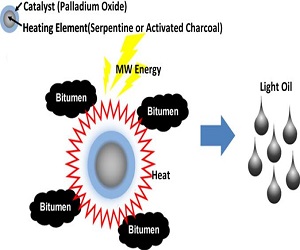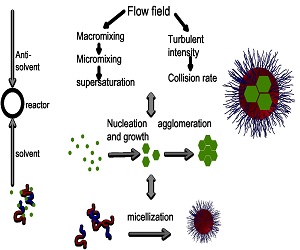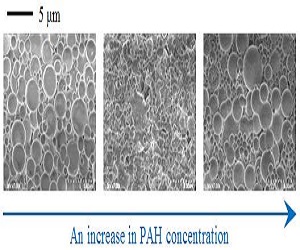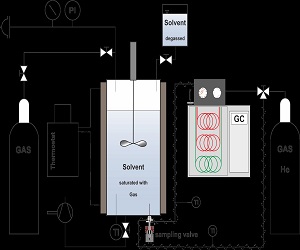Day 2 :
Keynote Forum
Adango Miadonye
Cape Breton University, Canada
Keynote: Microwave applications in petroleum processing
Time : 10:00-10:40

Biography:
Abstract:

Keynote Forum
Ramesh Agarwal
Washington University, USA
Keynote: Computational fl uid dynamics modeling and simulations of fl uidized beds for chemical looping combustion
Time : 11:00-11:40

Biography:
Abstract:
- Track 7: Chemical Polymer Technology
Track 9: Thermodynamics
Track 11: Environmental and Sustainable Chemical Engineering
Location: ZURICH

Chair
Ying Liu
University of Illinois, USA
Session Introduction
Igor Zhitomirsky
McMaster University, Canada
Title: Colloidal methods for the fabrication of advanced electrodes for electrochemical supercapacitors
Time : 11:40-12:10

Biography:
Abstract:

Daniela Almeida Streitwieser
Universidad San Francisco de Quito (USFQ), Ecuador
Title: The shift of raw materials from oil, coal and natural gas to biomass and residues
Time : 12:10-12:40

Biography:
Abstract:

Valentino Tiangco
Sacramento Municipal Utility District, USA
Title: Pre-and post-combustion NOx control system with hydrogen assistance and using microwave technology for biogas engines
Time : 12:40-13:10

Biography:
Abstract:
Ying Liu
University of Illinois, USA
Title: Polymeric nanoparticles encapsulating hydrophobic compounds for drug delivery
Time : 14:00-14:30

Biography:
Abstract:

Eri Yoshida
Toyohashi University of Technology, Japan
Title: Artifi cial biomembrane models using polymer giant vesicles: Morphological changes and enhanced permeability of the vesicles by incorporation of ionic segments into the polymer amphiphiles
Time : 14:30-15:00

Biography:
Abstract:

Rakesh Govind
University of Cincinnati, USA
Title: Systematic generation of reaction pathways for manufacturing bulk industrial chemicals from carbon- neutral feedstocks
Time : 15:00-15:30

Biography:
Abstract:

Sabine Enders
Karlsruher Institut für Technologie (KIT), Germany
Title: Polymer thermodynamics for pharmaceutical applications
Time : 15:30-16:00

Biography:
Abstract:

Kirsten Grubel
Ruhr-University Bochum, Germany
Title: Experimental solubility study on the high-pressure absorption of small molecules in ethanol oxidation reactions
Time : 16:20-16:40

Biography:
Abstract:

Poster Presentations 16:50-17-10.
Day 2 Program Closed By 17-10.
